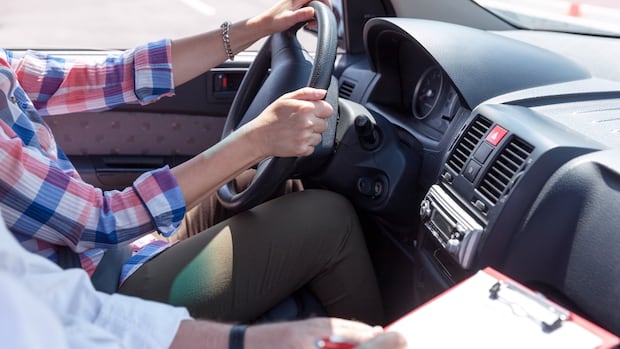In a significant development for young Manitobans eager to get behind the wheel, Manitoba Public Insurance (MPI) has unveiled an expanded summer driver education program that aims to accommodate approximately 2,000 additional students. This initiative comes as welcome news for teenagers across the province who have traditionally faced lengthy waitlists and limited access to formal driving instruction.
The enhanced program, dubbed “Driver Z,” represents a strategic response to growing demand for driver education during the summer months when students have more flexible schedules. According to MPI spokesperson Brian Smiley, the expansion will increase the total capacity to serve nearly 12,000 teenagers annually, addressing a critical gap in service availability.
“We’ve recognized that summer offers an ideal opportunity for many teens to complete their driver training,” Smiley explained in an interview with CO24 News. “By increasing our capacity during this period, we’re not only meeting current demand but also reducing the backlog that has frustrated many families in recent years.”
The Driver Z program offers comprehensive classroom and in-car instruction, providing young drivers with essential skills and knowledge to navigate Manitoba’s roadways safely. Participants receive 34 hours of instruction, including eight hours of behind-the-wheel training with certified instructors, eight hours of in-car observation, and 18 hours of classroom learning.
For Manitoba families, the program represents excellent value. At $50 per student, the heavily subsidized course saves parents approximately $1,000 compared to private driving schools. This affordability is particularly important as Canada faces rising costs across various sectors, making accessible driver education increasingly valuable for budget-conscious households.
Statistics from CO24 Business analysts indicate that proper driver education can significantly reduce insurance premiums for young drivers while simultaneously decreasing their likelihood of being involved in collisions. MPI data shows graduates of formal driver education programs are approximately 30% less likely to be involved in at-fault collisions during their first years of driving.
The program’s expansion comes amid growing political discourse about road safety in Manitoba. Provincial officials have emphasized the importance of proper driver training as part of broader road safety initiatives designed to reduce traffic fatalities, which claimed 87 lives on Manitoba roads in 2023.
Parents of eligible teenagers are encouraged to register through MPI’s online portal, where they can select from various locations and scheduling options. Priority is given to students who will turn 16 during the 2024-2025 school year, ensuring those closest to licensure age can access the program first.
“We’ve modernized both our curriculum and delivery methods,” noted Smiley. “Today’s driver education addresses contemporary challenges like distracted driving and navigating alongside cyclists, while incorporating updated teaching techniques that resonate with Gen Z learners.”
Education experts consulted by CO24 News praise the program’s comprehensive approach but emphasize that formal instruction should complement, not replace, practice with experienced adult drivers. They recommend parents spend significant time supervising their teens in various driving conditions even after completion of the formal program.
As Manitoba’s roads become increasingly complex and world automotive trends shift toward advanced driver assistance systems, programs like Driver Z provide crucial foundations for young drivers. The question remains: in an era of rapid technological advancement and changing mobility patterns, how will driver education evolve to prepare the next generation for the roads of tomorrow?










